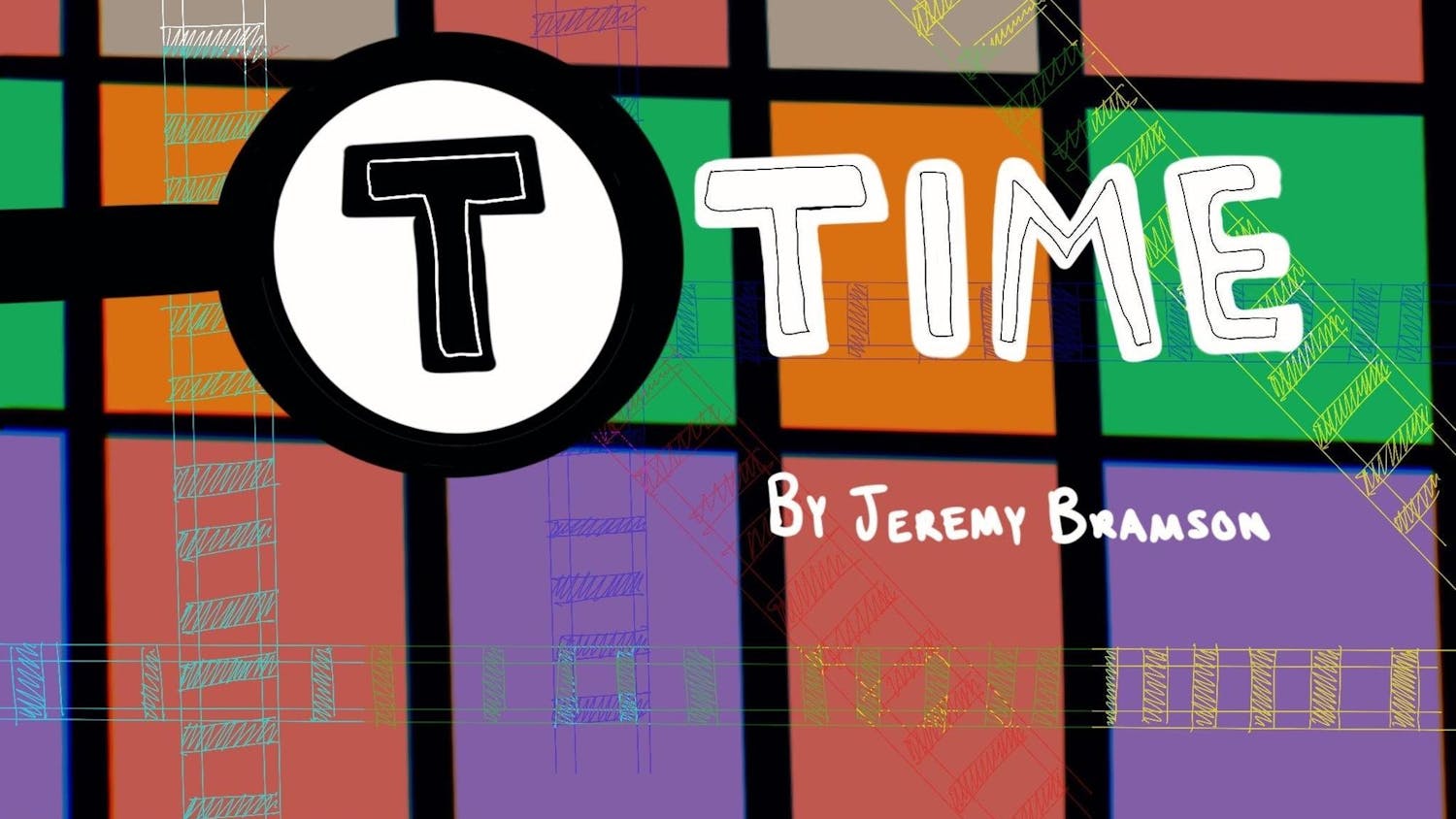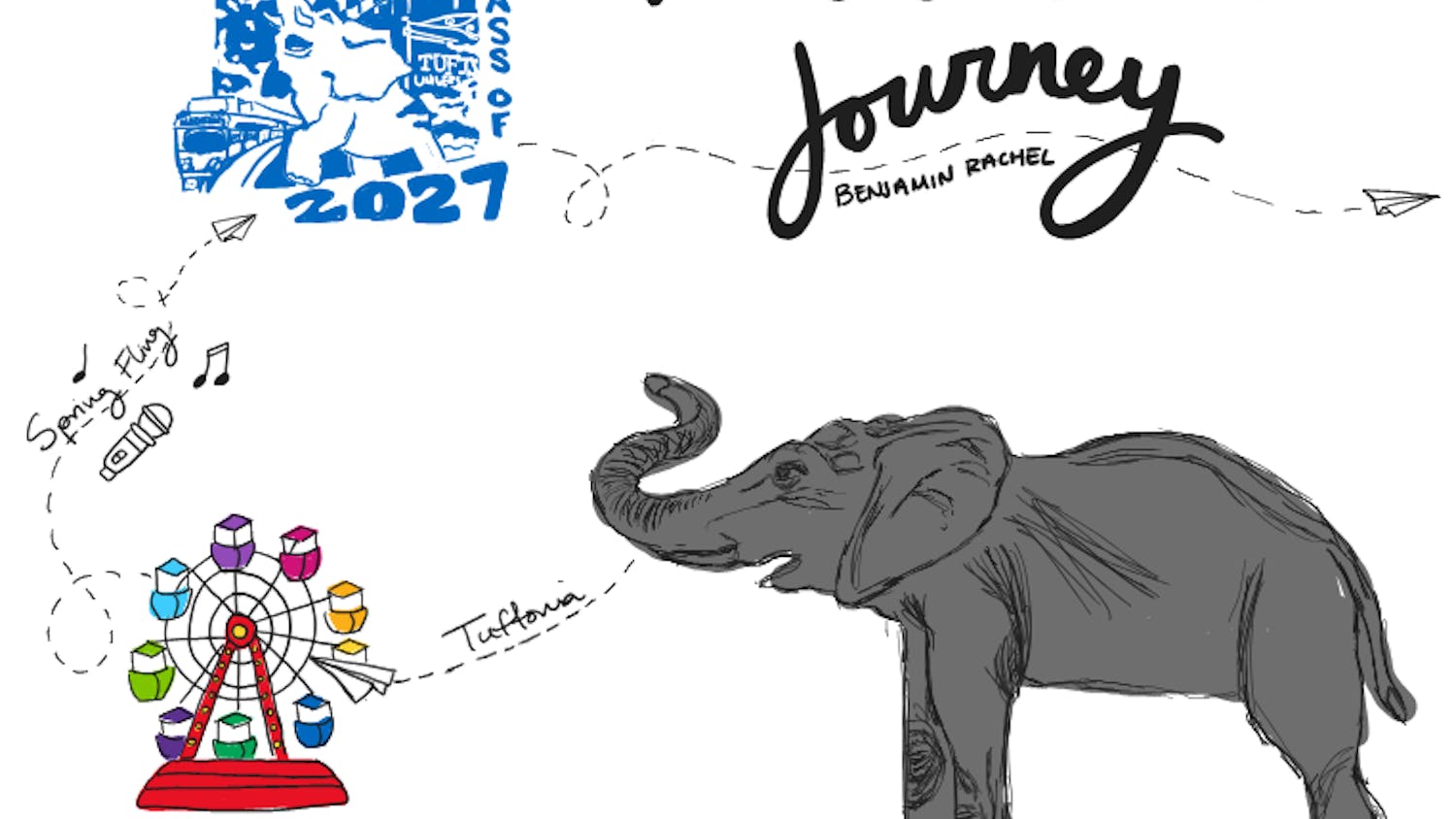I don’t cry when I watch films. In my teen years, I thought that there was something wrong with me — that I was missing the empathy bone and I was resigned to a life of possible sociopathy. My friends and I would watch some romance movie, and they would cry when one of the lovers inevitably died or when they separated, but I would be giddy. I was too aware of the structure of the film, too aware that the actors were actors and too aware of the techniques of the writers. “What an awesomely plotted ending!” I would think to myself as I blushed and smiled. Somehow, the most devastating stories filled me with the most excitement, because I knew that what I was watching was excellently designed. So, moving past the fact that every reader now knows I’m a basket case, let’s talk about visuals in narrative.
Narratives that include a visual component — film, TV, theater, broadcast news (sometimes, even writing) — create a barrier. Maybe not for everybody and every experience, but there’s a certain virtue to omitting the picture, a darkness that sometimes makes the whole story more poignant. The visual barrier creates staging; the audience is given all the information they need in the visual, so there is no need to think or wonder beyond the frame.In nonfiction photojournalism and news, what is depicted in the visual is strictly intentional to furthering the narrative.In fiction, the shot (or the scope) is of course staged and edited. We can see each character's expression and if or how they react to the happenings around them. The actors might be doing an incredible job, but the experience is passive for the audience, as they must interpret only what the visual gives them. But the uncertainty of what exactly is going on can create more excitement and more freedom for the audience.
Even monsters are scarier when left unseen. In Jeff VanderMeer's novel "Annihilation" (2014), there is a scene where the main character, who is traversing a cursed and alien landscape, finds the journal written by the explorer who supposedly came before her. There are hundreds of pages of meticulous notes written while observing a single plant over the course of several days. The main character realizes that the explorer must have been keeping her eyes glued to this plant to keep from facing the monster lurking on the edges of camp. What unspeakable horror this monster manifests itself as is never described, the gravity of which is only implied by the emptiness of an image. It was enough to keep me up that night.
This is, of course, an example of image lacking in written narrative, but what about excising the image in performance? This is why I think that the novelty of the image hasn’t killed off radio or its most modern manifestation: podcasting. The darkness of radio forces the audience to co-create the experience with the speaker. As you listen, you’re forced to imagine what the speaker describes and, in a certain way, experience it with them.
And although “did it make me cry?” is not exactly a valid marker of quality, I will tell you what did: the only times stories ever move me to tears is during episodes of "This American Life," "Radiolab," "The Moth" or other podcasts. But more on spoken narrative and how it works next week.
The Story of Stories: The visual barrier






